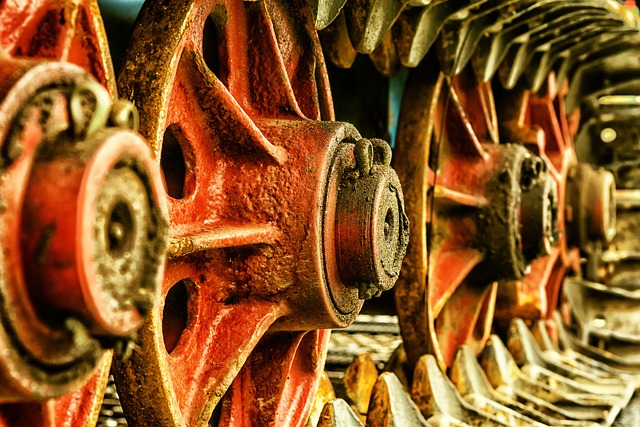Pipe corrosion, driven by water interaction with metal under specific conditions like oxygen-rich environments and low pH, is mainly caused by moisture intrusion, contaminants (like salts & acids), high humidity, salt water, and lack of maintenance. Prevention strategies include regular inspections, protective coatings, ventilation, dry surroundings, corrosion-resistant materials, flushing, and cleaning to avoid premature pipe failure.
Understanding pipe corrosion is crucial for maintaining efficient and safe plumbing systems. This natural process, often referred to as metal oxidation, weakens pipes, leading to leaks and structural damage. In this article, we delve into the common causes of pipe corrosion, from exposure to moisture and chemicals to poor material choices and design flaws. Moreover, we explore effective preventative measures, such as using corrosion-resistant materials, proper installation techniques, and regular maintenance, offering practical insights on tackling this prevalent issue once and for all.
- Understanding Pipe Corrosion: The Basics
- Common Causes of Metal Oxidation in Pipes
- Preventative Measures to Protect Your Pipelines
Understanding Pipe Corrosion: The Basics

Pipe corrosion is a natural process that occurs over time, leading to the deterioration of metallic pipes. It’s essential to understand that various factors contribute to this phenomenon, with water being a primary catalyst. When water flows through pipes, it can react with the metal, especially in environments where oxygen and moisture are present. This reaction accelerates as the water’s pH level decreases, causing metal atoms to dissociate from their compounds and eventually erode.
The most common causes of pipe corrosion include exposure to corrosive substances like salt water or industrial chemicals, high humidity, and inadequate maintenance. These factors create an environment conducive to corrosion, resulting in pipe failure if left unaddressed. By identifying these common causes, homeowners and professionals can implement effective prevention strategies to prolong the lifespan of pipes and avoid costly repairs.
Common Causes of Metal Oxidation in Pipes

The most common causes of pipe corrosion stem from various factors that lead to metal oxidation. Over time, water and moisture find their way into pipes, especially in areas with poor sealing or joints. This introduces oxygen into the system, which reacts with the metal surfaces, leading to oxidation. The resulting rust not only weakens the structural integrity of pipes but also facilitates further corrosion by creating a pathway for corrosive substances.
Another significant contributor is the presence of contaminants and chemicals within the water supply. Acids, salts, and other substances can accelerate the corrosion process by attacking the pipe’s metal, especially in environments where the water is acidic or high in mineral content. These factors exacerbate the natural tendency of metals to oxidize, leading to premature deterioration of pipes.
Preventative Measures to Protect Your Pipelines

To prevent pipe corrosion, understanding and addressing the common causes are essential. The most prevalent initiators include exposure to moisture, high humidity levels, and corrosive substances like salt water or acidic materials that can leach into the pipes. Regular inspection and maintenance play a pivotal role in identifying potential issues early on. One effective measure is implementing protective coatings and linings, which create a barrier between the pipe and its surroundings, shielding it from elements that promote corrosion.
Additionally, maintaining proper ventilation along pipelines can significantly mitigate moisture buildup, hindering corrosion. Keeping the surrounding areas dry and well-ventilated, especially in environments with high humidity or regular exposure to water, is crucial. Furthermore, using corrosion-resistant materials during installation and regularly flushing and cleaning pipes to remove any stagnant water or contaminants can contribute to their longevity.
Pipe corrosion is a prevalent issue that can lead to costly repairs and disruptions. By understanding the common causes, such as water quality, material choice, and environmental factors, homeowners and professionals can implement effective preventative measures. Regular inspection, proper maintenance, and adopting corrosion-resistant materials are key strategies to protect pipelines from metal oxidation. Investing in these measures not only extends the lifespan of pipes but also prevents unexpected breakdowns.
